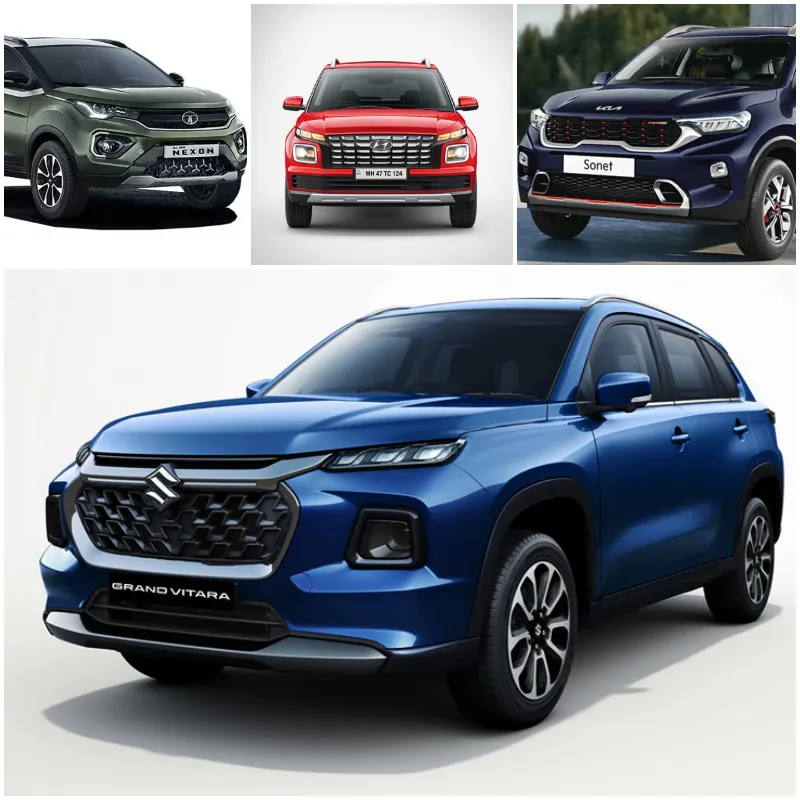Here’s a clear definition of SUVs on sale in India
The GST council, headed by chairperson Nirmala Sitharaman, Union Finance Minister of India, has outlined the parameters for a passenger vehicle to be classified as an SUV.
SUVs have been the flavour for Indian car buyers in the last few years, leading to a proliferation of options in the market. These new models have been divided into several categories, which have led to widespread confusion and ambiguity among consumers.
The GST (goods and services tax) council has come up with a single definition for sports utility vehicles across all states of the country and they will attract a higher tax rate. The council has outlined four parameters for a passenger vehicle to be classified as an SUV.
Criteria for SUVs in India
As per the notification by the GST council, a car will be classified as an SUV only if all the following conditions are satisfied. Firstly, the car needs to be powered by an engine exceeding the capacity of 1,500 cc. Secondly, it should be longer than 400 mm. Thirdly, it should have a ground clearance in excess of 170 mm. Lastly, it should be popularly known as an SUV.

Cars such as Kia Sonet, Hyundai Venue, Tata Nexon and Maruti Grand Vitara will not be considered as SUVs as they do not fulfil all the criteria outlined.
Mercedes Benz unveils Vision EQXX Concept EV at Safe Roads India Summit 2022
A vehicle that meets all the above criteria will be deemed an SUV, and it is bound to attract a compensation cess of 22%, in addition to a base GST rate of 28%, taking the effective tax rate to 50%. Prior to this declaration, manufacturers were often at a loss because there was no agreed-upon definition of an SUV.
Is there any change in effect?
The clarification was adopted based on the recommendations of the Society of Indian Automobile Manufacturers in its discussions with the Ministry of Finance. The declaration, however, doesn’t bring any change in the prices of SUVs for end consumers, but it will certainly hit the image of vehicles marketed as ‘SUVs’ in our country.
For instance, cars like Maruti Suzuki Brezza, Kia Sonet, Hyundai Venue, Tata Nexon and Mahindra XUV300 technically don’t qualify as SUVs. Yet they are promoted as subcompact SUVs by their manufacturers. However, they do attract a lower tax rate since the 22% compensation cess is not applicable on these models.

SUVs like Mahindra XUV700, Scorpio-N and Toyota Fortuner will attract an additional cess of 22%
More clarity in this regard is sought in order to define other body styles of passenger vehicles. Certain states have questioned whether sedans should also be termed SUVs, since most of them satisfy all the four criteria for an SUV, and be liable for a higher tax rate. Some states have also suggested that a definition of MUV (multi utility vehicle) should also be adopted.
The SUV body style is the fastest growing segment in the passenger vehicle market. Sales of SUVs recorded a year-on-year growth of 46% between April and October this year–the highest among all body styles.
Edited by Swetha Kannan







